How to clean mold off outdoor cushions – refresh your outdoor seating in time for summer
Don't let moldy cushions dampen your summer plans
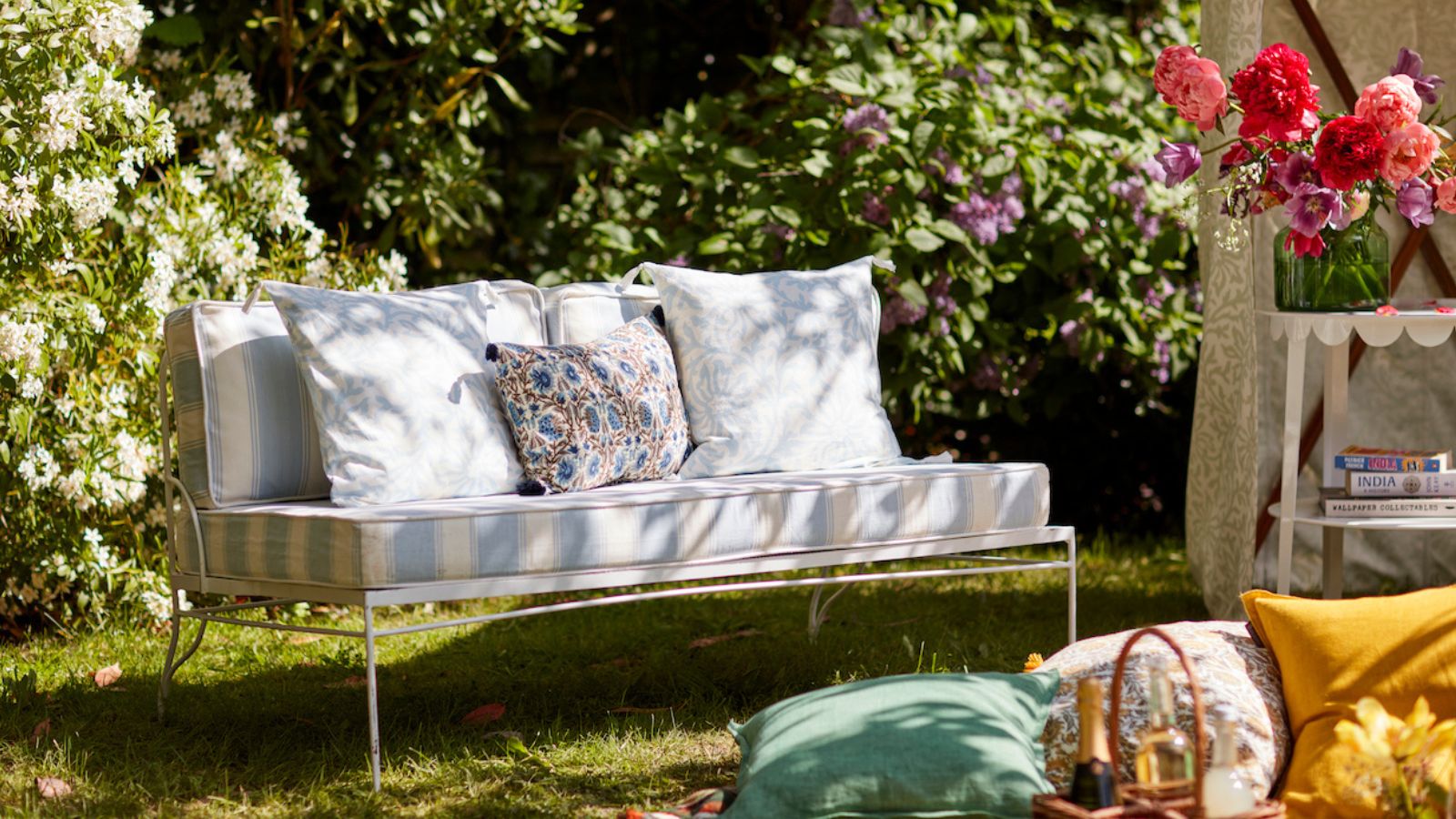

Summertime is the perfect excuse to embrace the sunshine and make the most of your outdoor spaces. But while layers of cushions and soft throws can transform your best outdoor furniture; they can also become breeding grounds for mold and mildew, especially in humid or rainy conditions.
The good news is that with a few simple steps, you can clean mold off your outdoor cushions and keep them looking fresh all summer long. Below, we share some simple and affordable ways to remove stubborn mold and prevent it from returning.
How to clean mold off outdoor cushions
'The tiny little pores that all fabrics have are great mold incubators,' explains Bethany Uribe, Mold Division Supervisor at ASAP Restoration. So, it's important you regularly refresh your outdoor cushions and textiles to keep them clean and hygienic.
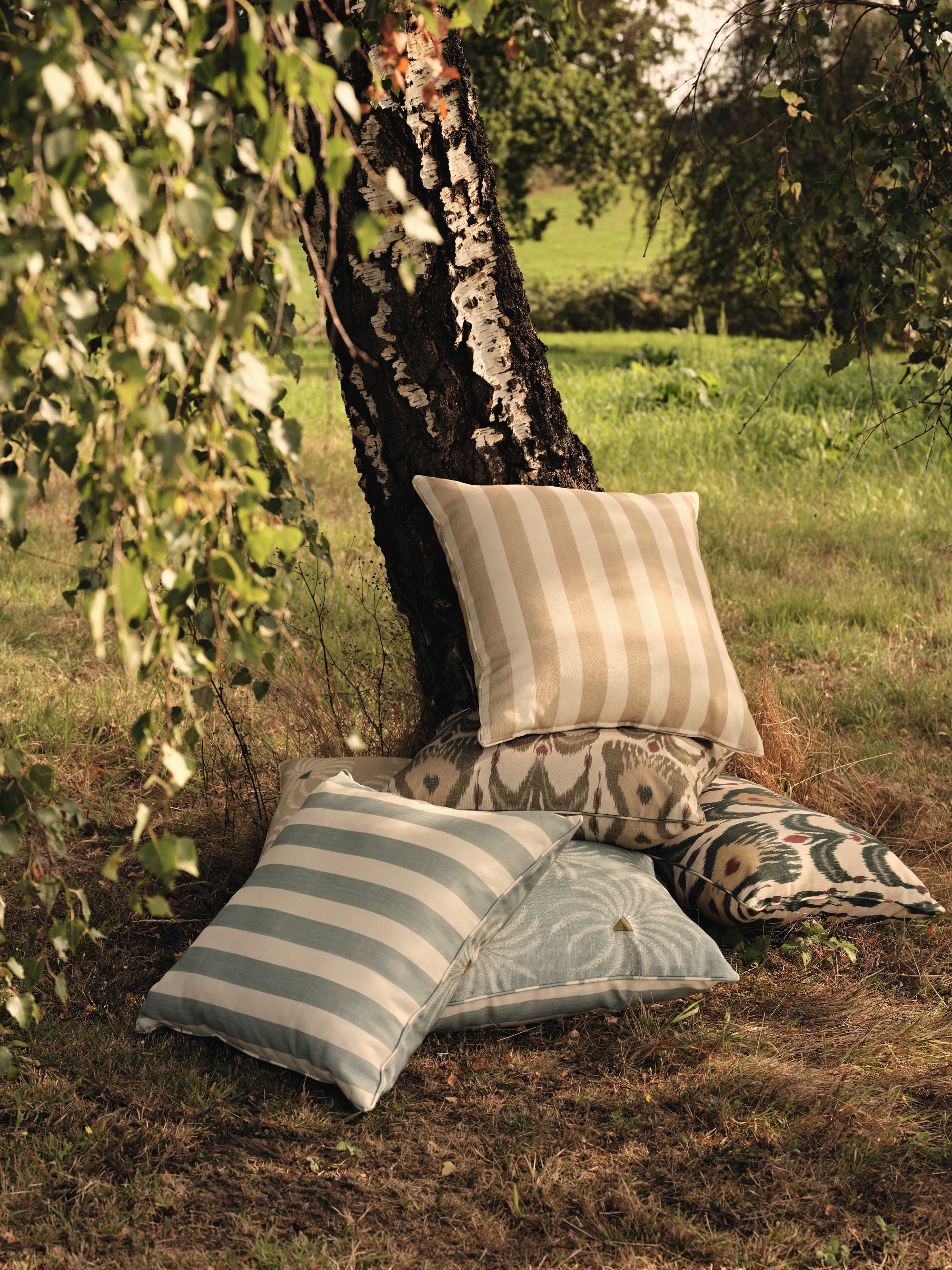
1. Pressure Washing
'Unless your outdoor cushions are made from organic biodegradable textiles, they are likely a synthetic weave,' explains Bethany Uribe. 'This means that the fibers themselves haven’t been infected with mold spores, but the microscopic cavities and gaps they create become the perfect spot for mold to take hold.'
If your cushions are made from a synthetic, water-resistant material, Bethany recommends power washing them in the first instance:
- Preparation: Remove any loose debris or dirt from the cushions by shaking or brushing them off and place them on a clean, flat surface (preferably on a driveway or patio with no loose stones). Make sure the area is clear of other items that might get wet or damaged.
- Washing: Fill a pressure washer with water and set it to a low pressure setting to avoid damaging the fabric. Start by holding the nozzle at least 2 feet away from the cushion surface and slowly move the nozzle closer, keeping it at least 12 inches away from the fabric at all times. Spray the cushions evenly, working in small sections and using a sweeping motion. Pay extra attention to heavily moldy areas, but avoid concentrating the spray on one spot for too long to prevent fabric damage.
- Drying: Once thoroughly washed, prop the cushions up in a sunny, well-ventilated area to dry completely. Ensure the cushions are entirely dry before using them to prevent mold from returning.
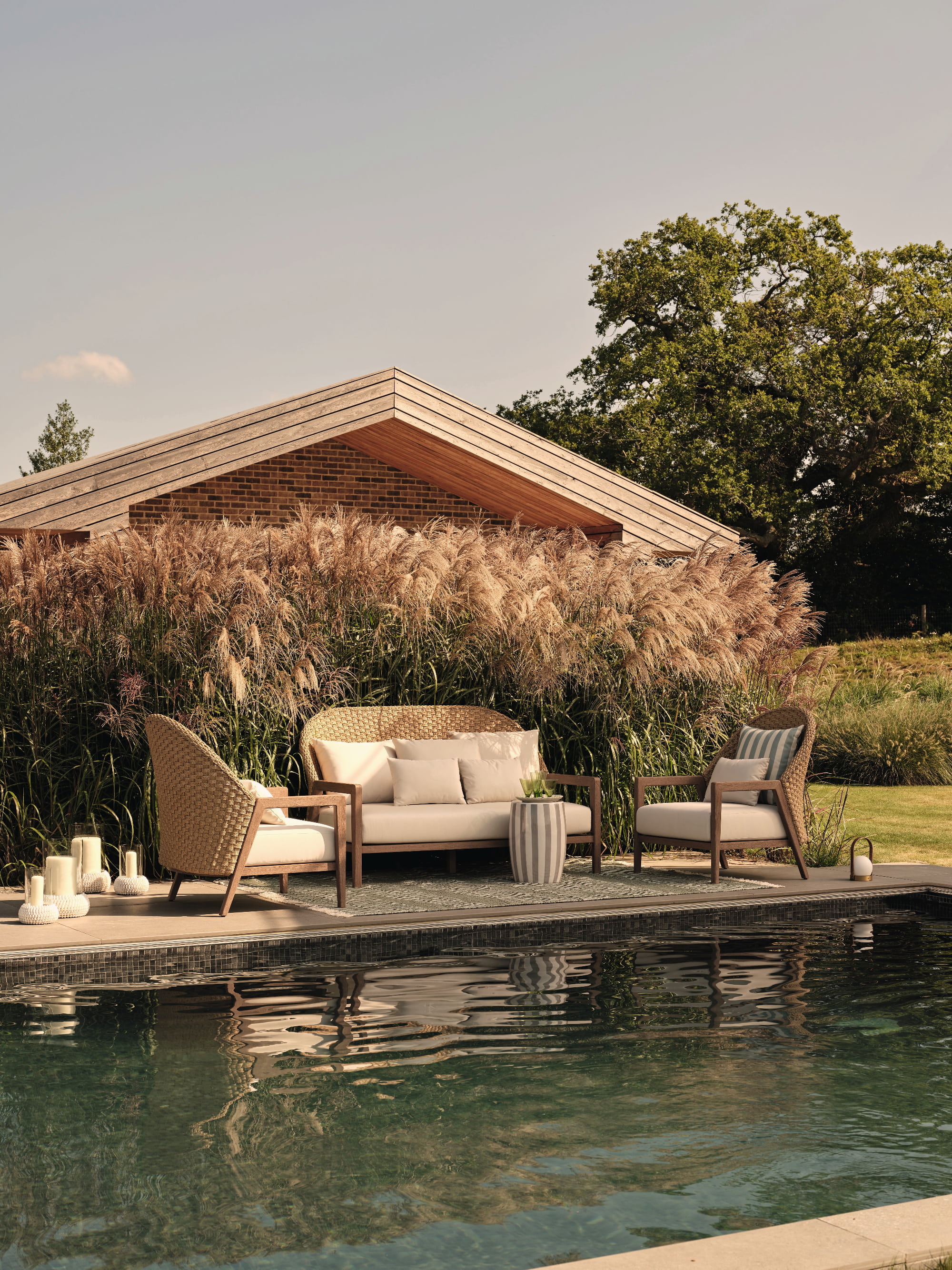
2. A Vinegar Solution
'If you don’t own a power washer, or if that’s just too messy and contaminating for you, then you can use a vinegar solution to wipe down the cushions and kill off the surface grouping of the mold colony,' says Bethany Uribe, mold specialist. 'This likely won’t get down into the hidden nooks and crannies to kill everything, but it’s a great start at making the cushions clean enough to sit on again.'
'Vinegar is a natural mold killer and is safe for most fabrics,' adds Simon Allen, Co-Founder of Fountain Filters. Here's how to use it on outdoor cushions:
- Make a solution: In a spray bottle, combine equal parts white vinegar and water. For example, if your spray bottle holds 16 ounces, use 8 ounces of white vinegar and 8 ounces of water.
- Spray it: Spritz the vinegar solution generously over the moldy areas of the cushions and allow the solution to sit for at least 30 minutes to penetrate the mold. Use a soft-bristled brush or a clean cloth to scrub the moldy areas, applying more solution as needed.
- Rinse the cushions thoroughly: Use a garden hose to wash away the solution, then squeeze out any excess water and prop the cushions up in a sunny, well-ventilated area to dry completely. Ensure the cushions are entirely dry before using them again.
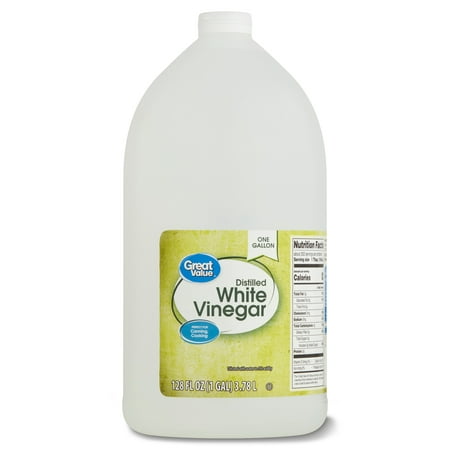
You can use vinegar to clean a variety of surfaces, both inside and out. We recommend keeping a bottle in your cleaning supplies cupboard for tackling mold and mildew throughout your home.
After cleaning, consider applying a fabric protector that includes mold-resistant properties to extend the cleanliness and life of your cushions. We like 303 Fabric Guard from Walmart.
3. A Mild Bleach Solution
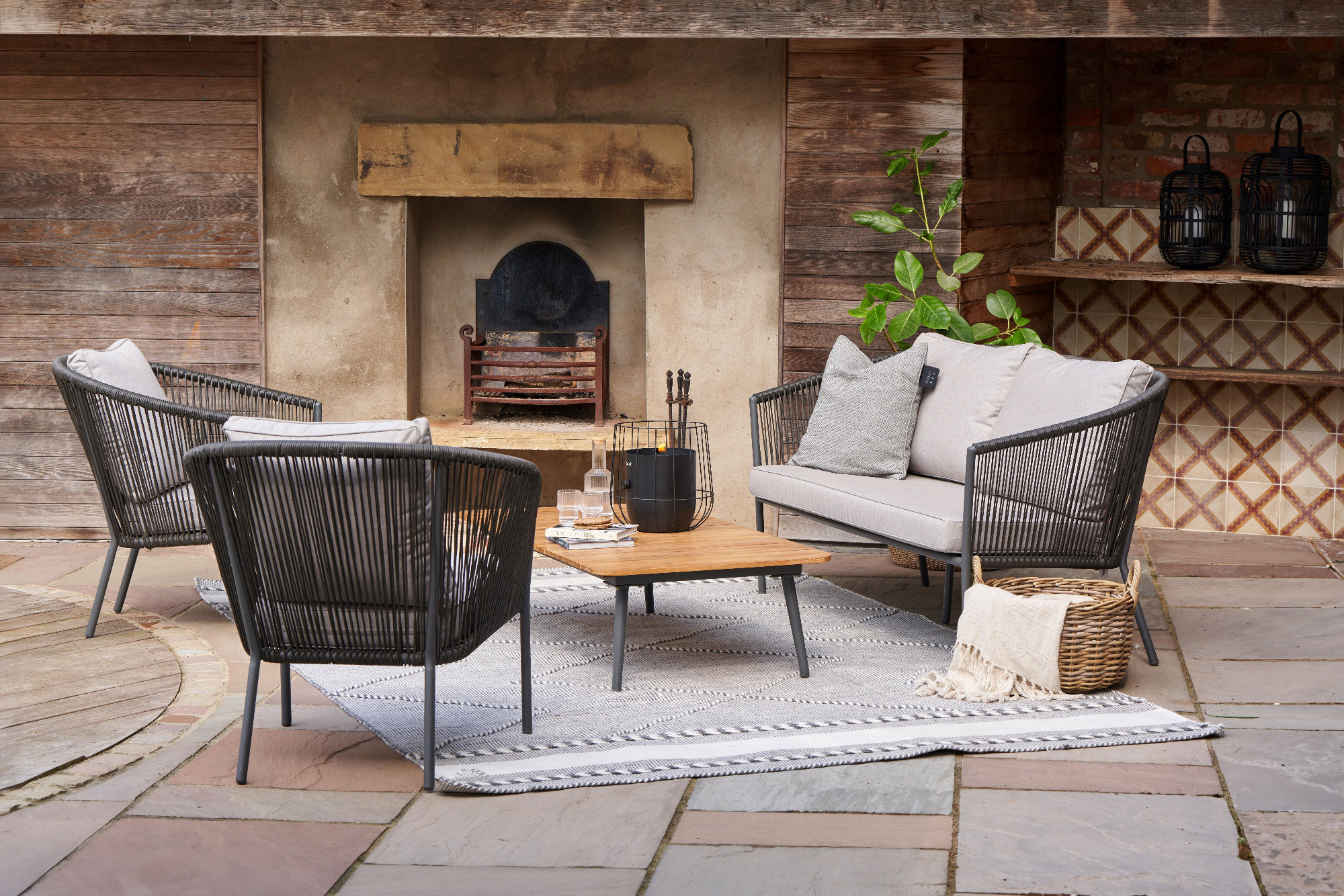
For synthetic cushions with only a light, surface-level covering of mold or mildew, you may also want to try a mild bleach solution. Simon Allen from Fountain Filters suggests the following course of action:
- Initial Cleaning: Use a dry brush to brush off as much of the surface mold as possible. This step prevents the spread of mold spores and reduces the amount you have to clean.
- Make the Solution: Mix a cleaning solution with one cup of bleach, one cup of mild detergent (such as Dawn dish soap from Walmart), and a gallon of water. This combination helps both sanitize and clean the cushions.
- Application: Apply the solution to the moldy areas using a spray bottle or sponge. Ensure the cushions are thoroughly soaked, especially on seams and hidden areas where mold can thrive.
- Soaking Time: Let the solution sit for 15-20 minutes. This allows the bleach to penetrate the fabric and foam, effectively killing mold spores.
- Scrubbing: Use a brush to scrub the affected areas. This helps to remove mold stains and any embedded spores within the fabric fibers.
- Rinsing: Thoroughly rinse the cushions with a hose to remove all the cleaning solution. Make sure all soap and bleach residues are completely washed out.
- Drying: Place the cushions in direct sunlight to dry. Sunlight not only dries the cushions but also helps kill any remaining mold spores due to its UV rays.
FAQ
What should I do if mold won't come off my outdoor cushions?
'Unfortunately, on more porous cushions made from organic materials, the best way to deal with mold is to replace the cushion,' says Michael Rubino, mold and air quality expert and Founder of HomeCleanse. 'Sometimes, completely removing the particles and roots isn’t possible. So, the best way to ensure the growth and other particles are gone is to replace the item and then clean your outdoor furniture.'
Can I put moldy cushions in the washing machine?
'If someone wants to attempt to wash a moldy cushion, they can use a HEPA vacuum on the surface and then wash the material in the washing machine with a botanical laundry additive equipped to eliminate microscopic particles from the surface,' says Michael Rubino. 'I do not recommend this option, though, as replacing them is safer and guarantees elimination.'
If your outdoor cushions have developed mold, you may also need to remove mold from wooden furniture and decking. It's important to take the time to spruce up your backyard for al fresco entertaining so your outdoor dining area remains a hygienic and relaxing space all summer long.
Sign up to the Homes & Gardens newsletter
Design expertise in your inbox – from inspiring decorating ideas and beautiful celebrity homes to practical gardening advice and shopping round-ups.

Gabriella is a freelance contributor for Homes & Gardens. She is a DIY enthusiast and a lover of all things interior design, often found antiquing or browsing the aisles of her local hardware store. She has a particular passion for historic buildings and is in the process of renovating a Victorian coachhouse in the countryside.
For much of the past decade, Gabriella has worked as a freelance writer, crafting copy for national publications and renowned homeware brands. Most recently, she worked for Homebuilding & Renovating Magazine and is the former Head of Solved at Homes & Gardens, focusing on case studies for the magazine and website, as well as writing features about issues surrounding historic and listed building projects.
-
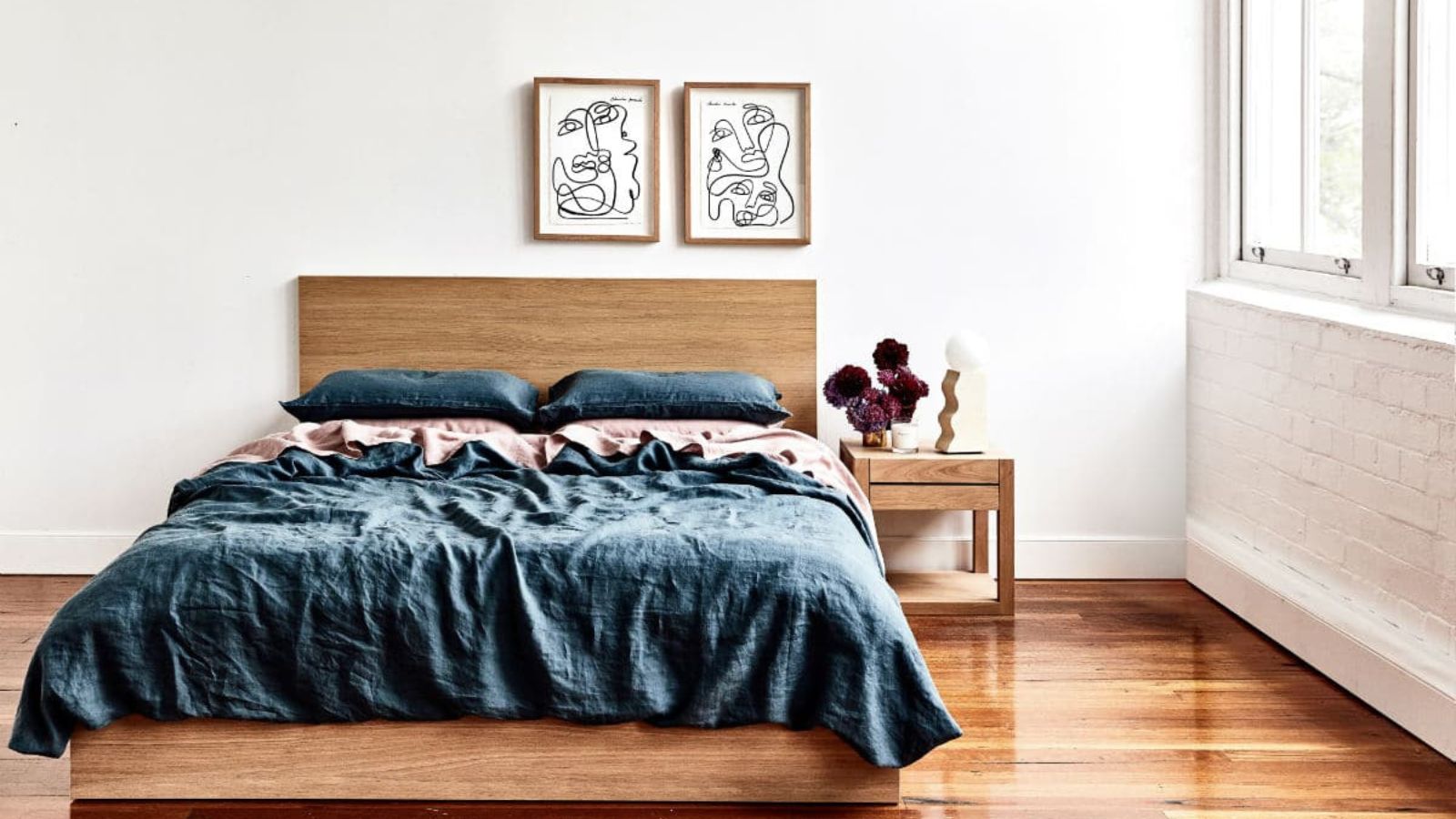 The great bedding debate: top sheet vs no top sheet − which side are you on?
The great bedding debate: top sheet vs no top sheet − which side are you on?I asked an expert panel of bedding designers whether you really need a top sheet to keep clean and cool or if it's just another ploy to make you spend money
By Emilia Hitching Published
-
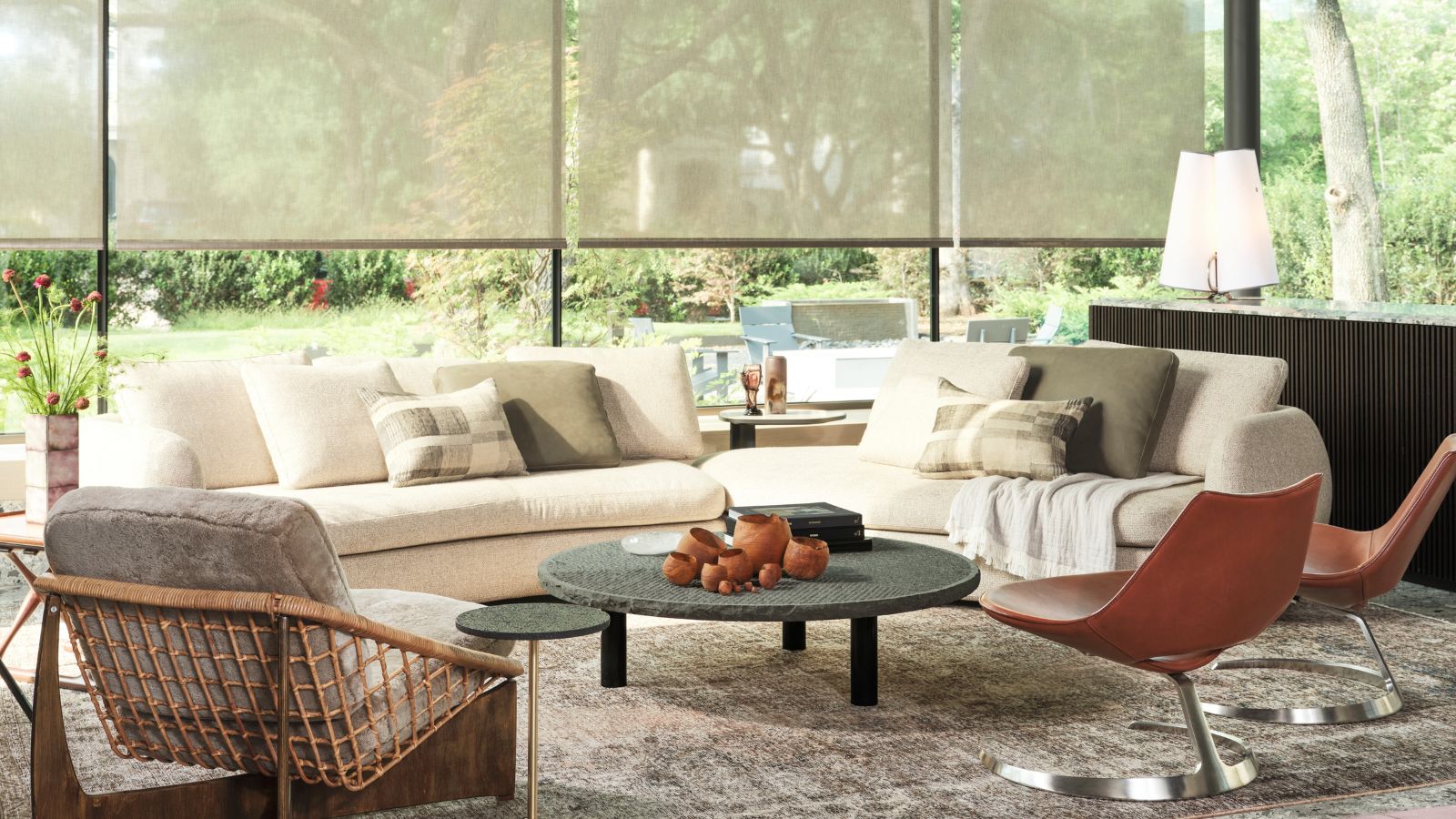 Thoughtful modernism – how one Dallas home makes bold contemporary design feel warm, welcoming, and comfortable
Thoughtful modernism – how one Dallas home makes bold contemporary design feel warm, welcoming, and comfortableWith its mix of textural finishes and carefully curated furnishings, this modernist home is a refreshing retreat
By Karen Darlow Published